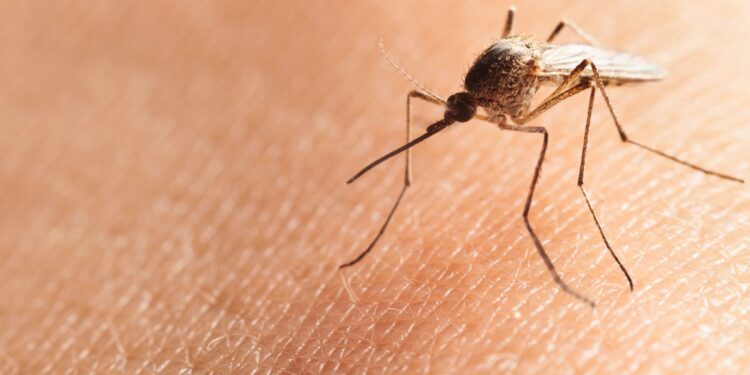Health officials are probing a potential first-ever local transmission of malaria in Washington after a woman in Pierce County was diagnosed with the disease on August 2. Officials say she had not travelled recently, raising the possibility she may have contracted malaria within the state.
Both the Tacoma–Pierce County Health Department and the Washington Department of Health, in coordination with the CDC, are investigating how the infection occurred. The leading theory suggests that a mosquito may have bitten an international traveler who was carrying the parasite before biting the patient.
Tacoma–Pierce County Health Officer Dr. James Miller emphasized that, even if this transmission is confirmed, the risk remains extremely low: malaria is exceedingly rare in the U.S., and most cases are linked to travel abroad, he noted.
Malaria is caused by a parasite passed through mosquito bites. Symptoms can include fever, chills, body aches, headaches, fatigue, nausea, vomiting, and diarrhea, and generally appear seven to 30 days after infection. Importantly, the disease does not spread person-to-person without mosquitoes as the vector.
Annually, the U.S. records about 2,000 to 2,500 malaria cases, most tied to travel, while Washington typically sees between 20 and 70 reports per year. Notably, the state’s latest prior locally transmitted case was reported in 2023, the first such event in two decades.
In response to the current situation, public health teams are trapping and testing local mosquito populations in Pierce County. Fortunately, officials report that mosquito numbers are declining this season.
Malaria can be effectively treated with prescription antimalarial medications, but it can be life-threatening if diagnosis or treatment is delayed. To lower the risk, health advisors recommend avoiding mosquito bites through the use of insect repellent, wearing long-sleeved clothing, and seeking prompt medical care—especially for people returning from malaria-prone regions.







